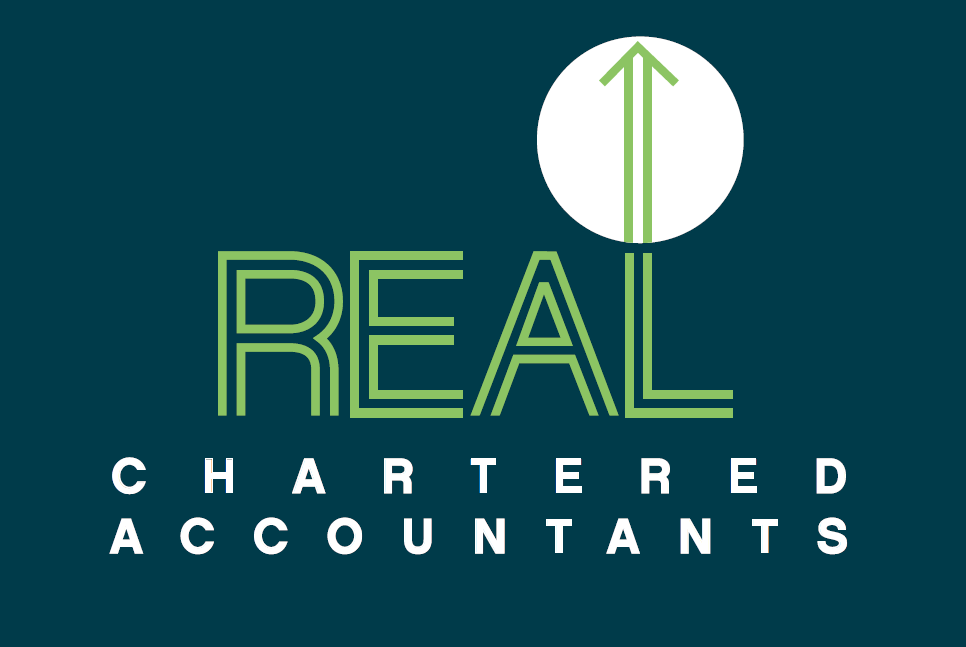NEWS
What You Need to Know About Commercial Leases in New Zealand

If you’re a business owner leasing commercial premises in New Zealand, it’s important to understand what’s in your lease agreement. From who’s fixing the roof to how rent gets reviewed, there are a bunch of key terms that can affect your bottom line. Here's a breakdown of the essentials.
Maintenance: Who Does What?
The landlord is generally on the hook for keeping the building's structure in good shape—think weatherproofing, repairs, and overall integrity. On your end as the tenant, you’re expected to let the landlord know ASAP if anything goes wrong inside the premises.
As the tenant, you're also responsible for keeping the interior tidy and functional. That includes things like:
- Glass, doors, light fittings, and floor coverings
- Yards, car parks, and common outdoor areas
- Stormwater and wastewater drains
When the lease ends, you’re usually expected to “make good” the space—i.e., return it to how it was at the start. Best practice? Take detailed photos when you move in and get clarity upfront, especially if you’re doing any fit-out or alterations.
Security for Payment: Who’s Liable?
If your business is a company, personal guarantees are usually part of the deal. Also, if you ever assign the lease to someone else, keep in mind that you're still liable unless the landlord formally lets you off the hook in writing.
Outgoings: Gross vs Net Leases
There are two common types of lease structures:
- Gross Lease: Rent includes all outgoings (like rates and insurance).
- Net Lease: You pay rent plus a portion of the landlord’s outgoings.
For net leases, landlords must give you a written breakdown of estimated outgoings each year. Payments are either made monthly or when the landlord asks for them. At year-end, there’s a “wash-up” to check if you’ve overpaid or underpaid—refunds or top-ups may apply.
Important note: Landlords can’t ask for outgoing payments more than 24 months after the expense was incurred.
Rent Reviews: How and When?
Rent reviews are built into most leases and usually fall into one of three categories:
- Market Rent Review: Based on current market rates. You have 30 working days to dispute a proposed change, and valuers may get involved.
- CPI Rent Review: Adjusted according to inflation (Consumer Price Index).
- Fixed Rent Review: Rent increases by a fixed percentage or dollar amount on set dates.
Many leases also include ratchet clauses, which stop your rent from going down, even if market rates drop. These include:
- Soft Ratchet: Rent can’t fall below what you paid at the start of the term.
- Hard Ratchet: Rent stays at or above what you were paying right before the review.
- Commencement Ratchet: Rent can’t dip below the original lease rate.
Lease Cancellation: What Triggers It?
If rent is overdue by more than 10 working days, landlords can issue a notice to cancel the lease. If you breach other terms, you’ll usually get a “reasonable” window to fix the issue.
Lease Term & Renewal Options
Striking the right balance between flexibility and long-term stability is key. Shorter lease terms with renewal options are popular with startups or businesses that need wiggle room.
If you’re buying a business, don’t forget: it could be a golden opportunity to renegotiate lease terms with the landlord.
Earthquake Strengthening
Under NZ law, landlords can access the premises to carry out seismic strengthening work. Before signing anything, ask about the building’s seismic rating and any planned strengthening projects. It’s better to know upfront than be caught off guard later.
What Can You Use the Premises For?
Your lease should clearly state what kind of business activity is allowed. Broader use clauses give you more flexibility, but make sure your business still complies with local zoning laws. Planning to switch things up? You’ll need the landlord’s written approval.
Assigning or Subleasing?
You’ll need the landlord’s written okay to assign or sublease the lease—but they can’t unreasonably say no. Just know that the original tenant (and any guarantors) may still be on the hook unless the landlord releases them in writing. Also, you’ll likely need to cover the landlord’s legal costs.
Common Disputes to Watch Out For
1. No-Access Clauses in Emergencies
After the Christchurch earthquakes and COVID lockdowns, leases now commonly include rent reduction clauses when premises are unusable but undamaged. The standard lease includes a 50% rent reduction in these cases.
2. Fixtures & Fit-Out Repairs
Clearly agree on what belongs to the landlord and what’s your fit-out. That way, there’s no confusion later about who pays for what.
3. Delayed Repairs
If landlords drag their feet on major repairs, it can disrupt your business. Report problems quickly and keep records—it protects both parties.
What If Things Go Wrong?
Disputes can usually be sorted in three steps:
- Negotiation – Try to sort it out directly with your landlord.
- Mediation – Bring in a neutral third party.
- Arbitration – If it’s still unresolved after 30 days, arbitration may be required.
Just note: arbitration doesn’t stop landlords from chasing unpaid rent or moving to cancel the lease.
Final Thoughts
Commercial leases can be complex, but understanding the key terms upfront can save you stress (and money) down the line. If you’re negotiating or reviewing a lease, it’s always a good idea to get professional advice—especially before signing on the dotted line.
Got questions about your lease? Get in touch—we're happy to help.
Disclaimer
This information is intended to provide general advice only. We recommend you discuss your specific situation with your Accountant.









